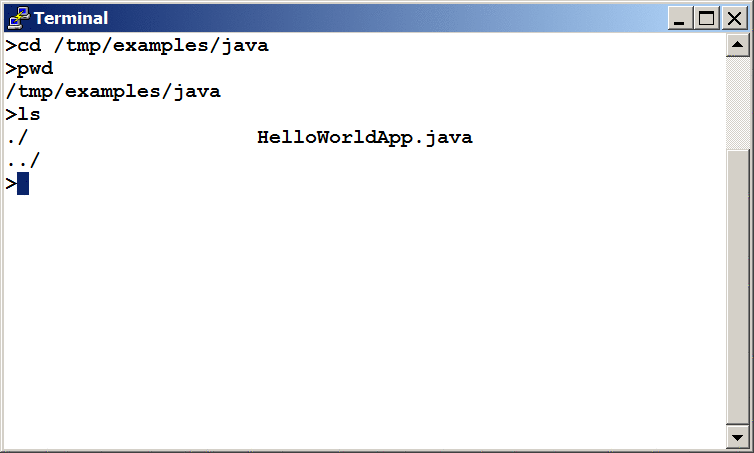

These options start with -X.Īdvanced options are not recommended for casual use. Non-standard options are general purpose options that are specific to the Java HotSpot Virtual Machine, so they are not guaranteed to be supported by all JVM implementations, and are subject to change. They are used for common actions, such as checking the version of the JRE, setting the class path, enabling verbose output, and so on. Standard options are guaranteed to be supported by all implementations of the Java Virtual Machine (JVM).

The java command supports a wide range of options that can be divided into the following categories: The JRE searches for the startup class (and other classes used by the application) in three sets of locations: the bootstrap class path, the installed extensions, and the user's class path.Īrguments after the class file name or the JAR file name are passed to the main() method. The startup class must be indicated by the Main-Class manifest header in its source code. If the -jar option is specified, its argument is the name of the JAR file containing class and resource files for the application. In the latter case, the launcher constructs an instance of the Application class, calls its init() method, and then calls the start() method.īy default, the first argument that is not an option of the java command is the fully qualified name of the class to be called. The java command can be used to launch a JavaFX application by loading a class that either has a main() method or that extends. The method declaration has the following form: The method must be declared public and static, it must not return any value, and it must accept a String array as a parameter. It does this by starting the Java Runtime Environment (JRE), loading the specified class, and calling that class's main() method.

Represents a request for enhancement (also for "major" features that would be really nice to have).The java command starts a Java application. This describes a cosmetic problem like misspelled words or misaligned text, but doesn’t affect function. Something is wrong, but doesn’t affect function significantly or other problem where easy workaround is present. Implies some loss of functionality under specific circumstances, typically the correct setting unless one of the other levels fit. This is the default value for new bug reports. Implies "loss of data" or frequent crashes or a severe memory leak. The bug blocks development or testing of the build and no workaround is known. The following rules can be used as guideline. The Eclipse Bugzilla system allows you and the Eclipse committer to enter the bug priority.īut overall, it is up to each project do decide how they handle bugs so some variation from project to project will occur.


 0 kommentar(er)
0 kommentar(er)
